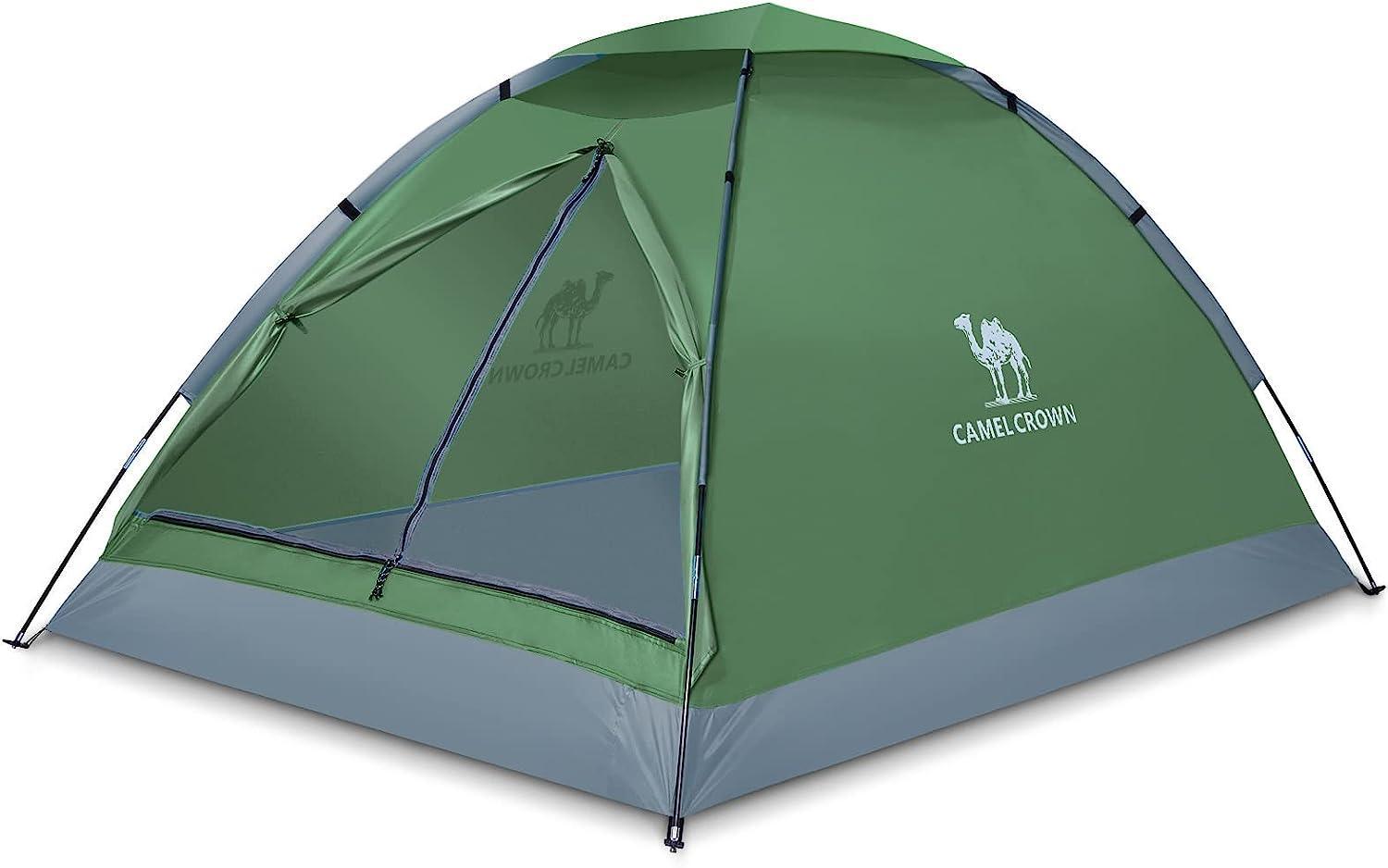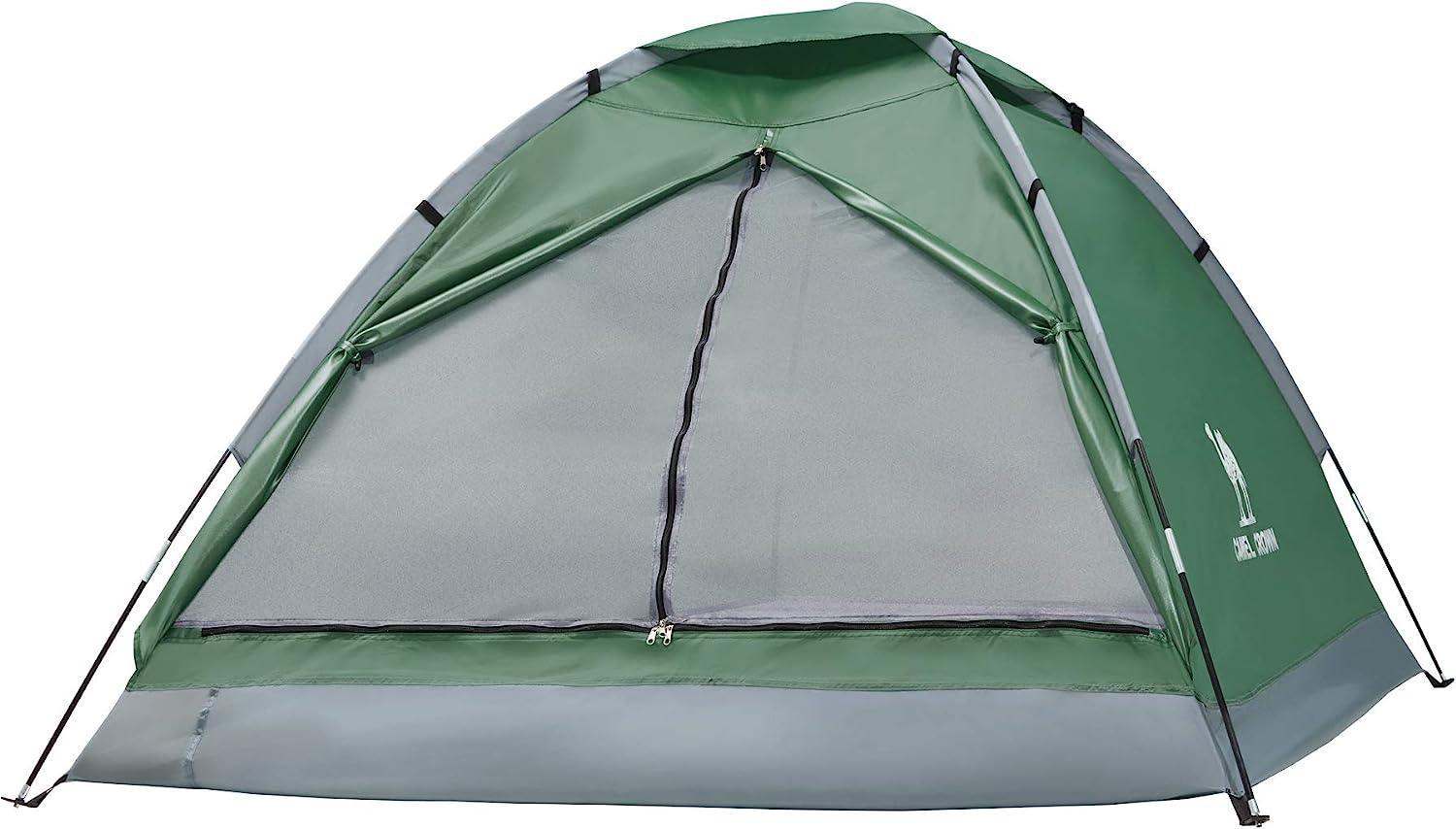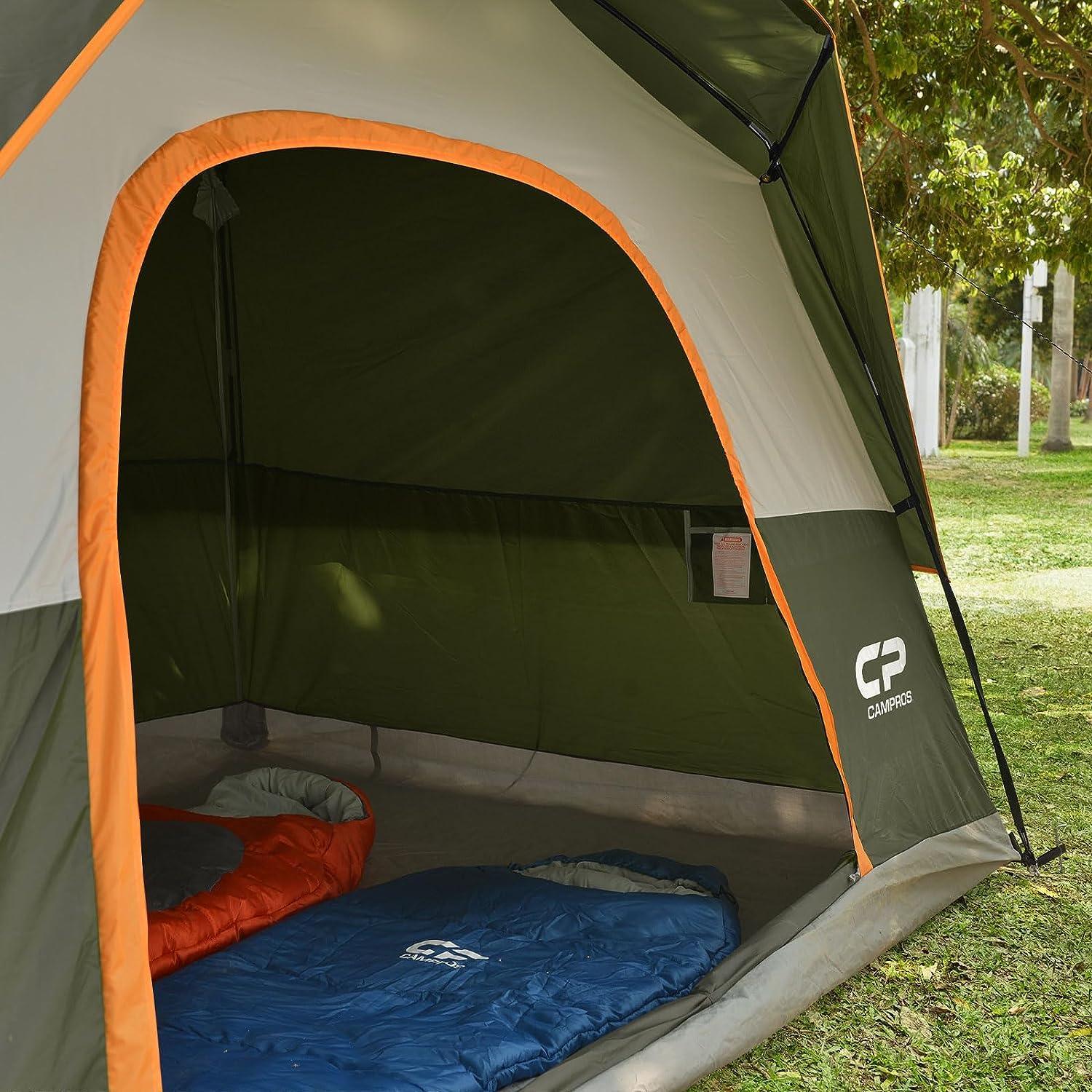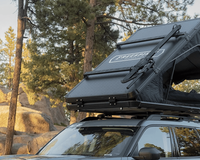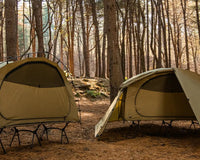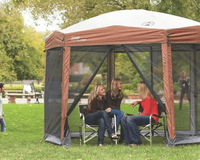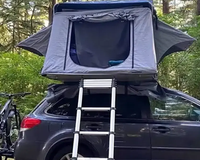Whether you’re looking forward to cozying up near a lakeside campfire in the summer, snowshoeing through the winter landscape, or aiming for an autumn nature hike with friends and family—being prepared for Mother Nature means choosing the right clothing. Picking out a camping outfit to take along on camping trips can be daunting with its seemingly endless combinations of temperatures, levels of activity, and material choices. To help take some of the stress out of deciding what to wear, here we will cover tips on selecting the best camping clothes for any season so that you can leave your worries behind when trekking through wilderness.

Why Should You Pack Carefully for Camping?

Packing camping clothes carefully for camping is vital to ensure comfort, safety, and a seamless outdoor experience. The right clothing can shield you from variable weather conditions, enhance mobility during activities, and regulate body temperature through proper layering. Unpredictable weather shifts can lead to discomfort or even safety risks, making it crucial to pack versatile clothing that caters to both expected and unexpected conditions. Moisture-wicking fabrics manage sweat, while appropriate footwear prevents blisters and supports your mobility. Overall, a well-considered camping attire selection reflects your preparedness, allowing you to fully enjoy nature's beauty while minimizing potential discomfort and maximizing the enjoyment of your camping journey.
What to Wear for Camping at Different Seasons?
Camping in different seasons demands adaptable clothing to match the changing weather and conditions. Here's a breakdown of what to wear camping in spring and summer, as well as fall and winter camping:
Camping Clothes for Spring and Summer

When embarking on a camping adventure during the spring and summer months, your clothing choices should prioritize comfort, breathability, and protection from the sun. Selecting the right materials is crucial to ensure you stay cool, dry, and free from discomfort:
- Moisture-Wicking Base Layers: Begin with moisture-wicking base layers, including lightweight shirts and pants made from linen or cotton. These fabrics excel at pulling sweat away from your skin and preventing chafing.
- Quick-Drying Shorts and T-Shirts: Pack quick-drying shorts and T-shirts to stay cool. Opt for breathable materials to enhance ventilation. Synthetic materials like nylon and polyester are excellent choices due to their lightweight nature and rapid drying properties. These fabrics allow you to stay comfortable even after a sweaty hike or a dip in the lake.
- Sun Protection: Shield yourself from the sun with wide-brimmed hats, sunglasses, high-SPF sunscreen, and clothing with built-in UV protection. Protecting your skin and eyes is essential during extended outdoor exposure. Lightweight long-sleeve shirts and pants made from tightly woven fabrics provide an effective barrier against sun exposure. Look for clothing with a UPF (Ultraviolet Protection Factor) rating for added sun protection.
- Lightweight Pants: Choose lightweight pants that offer protection against insects, thorns, and sunburn. Consider options with zip-off legs, allowing you to convert them into shorts when the temperature rises. Nylon blends and other breathable materials work well for these pants.
- Rain Gear: Summer showers can be unexpected, so pack a lightweight and packable rain jacket and rain pants. Look for waterproof and breathable materials. These fabrics keep you dry while allowing moisture to escape, preventing you from feeling clammy.
- Footwear: Opt for hiking sandals, trail runners, or lightweight hiking shoes for summer camping. These options provide ample ventilation and dry faster than heavy-duty boots. Ensure they have sturdy soles and proper support for various terrains.
By carefully selecting what to wear camping in the summer and spring with breathable, moisture-wicking, and sun-protective clothing, you can ensure your camping experience is enjoyable, comfortable, and free from the discomfort of overheating or excessive sweating.
Camping Outfit for Fall and Winter

As to what to wear camping in fall and winter, camping requires clothing that provides warmth, protection from the cold, and the ability to layer effectively. Selecting the right materials is crucial to ensure you stay cozy, dry, and comfortable in potentially harsh conditions:
- Moisture-Wicking Base Layers: Begin with moisture-wicking base layers made from materials like merino wool or synthetic blends such as polyester. These fabrics efficiently move moisture away from your skin, preventing sweat buildup and ensuring you stay dry and warm.
- Insulating Mid-Layers: In colder temperatures, insulating layers are essential. Opt for fleece or down jackets as mid-layers. Fleece traps heat while remaining breathable, and down provides an excellent warmth-to-weight ratio. Make sure your mid-layer is lightweight and easily compressible for efficient packing.
- Windproof and Waterproof Outer Layer: Waterproof out layer is also indispensable to shield against both snow and rain. Choose a windproof and waterproof jacket made from materials like Gore-Tex, eVent, or H2No. These advanced fabrics are specifically designed to provide exceptional protection against wind and rain.
- Insulated Pants: Insulated pants or snow pants are a must for winter camping. Look for options with synthetic insulation and a waterproof outer layer to keep you warm and dry. These pants are designed to trap heat and provide protection against the cold.
- Wool or Thermal Socks: Keep your feet warm with wool or thermal socks. Wool naturally wicks moisture away from your feet and provides insulation even when wet. Consider wearing a thin moisture-wicking liner sock beneath thicker wool socks for added comfort.
- Waterproof and Insulated Boots: Invest in waterproof and insulated boots designed for cold weather. Look for options with features like Thinsulate insulation and waterproof membranes to ensure your feet stay warm and dry in snowy conditions.
- Warm Accessories: Protect your extremities with gloves or mittens made from insulated materials. A beanie or thermal hat covers your head and ears, preventing heat loss. A neck gaiter or scarf adds an extra layer of warmth around your neck.
By carefully selecting what to wear camping in winter and fall, you can stay warm and comfortable during fall and winter camping trips. Prioritize insulating materials, windproof and waterproof outer layers, and warm accessories to ensure you're well-prepared for the challenges of colder temperatures.
What Not to Wear for Camping?
While knowing what to wear is essential, understanding what not to wear is equally important. Avoid these choices for a more comfortable camping experience:
- Uncomfortable Shoes: Avoid shoes that are not suitable for long walks, such as high-heels or flip lops as blisters can quickly ruin your camping trip. Make sure your footwear is broken in and suitable for the terrain.
- Heavy and Bulky Clothing: Bulky clothing restricts movement and is harder to layer effectively. Opt for lightweight, compact clothing that still offers warmth and protection.
- Fragile or Irreplaceable Items: Avoid wearing fragile or irreplaceable items, such as delicate jewelry, that might get damaged during outdoor activities. Save these items for more controlled environments and opt for durable. This prevents the risk of losing or damaging valuable possessions while you're enjoying the outdoors.
- Perfumes and Strong Fragrances: Refrain from using perfumes or strong fragrances while camping. These scents can attract unwanted wildlife, including insects and potentially larger animals, disrupting your camping experience and posing safety risks.
Conclusion
Choosing the right camping dress up is a crucial part of preparing for an outdoor adventure. Whether you're facing hot summer days or freezing winter nights, the right clothing can make all the difference in your comfort and enjoyment. Remember to focus on moisture management, layering, and appropriate materials to stay comfortable in various weather conditions. By packing smartly and being prepared, you can fully embrace the beauty and serenity of nature in your camping tent.

